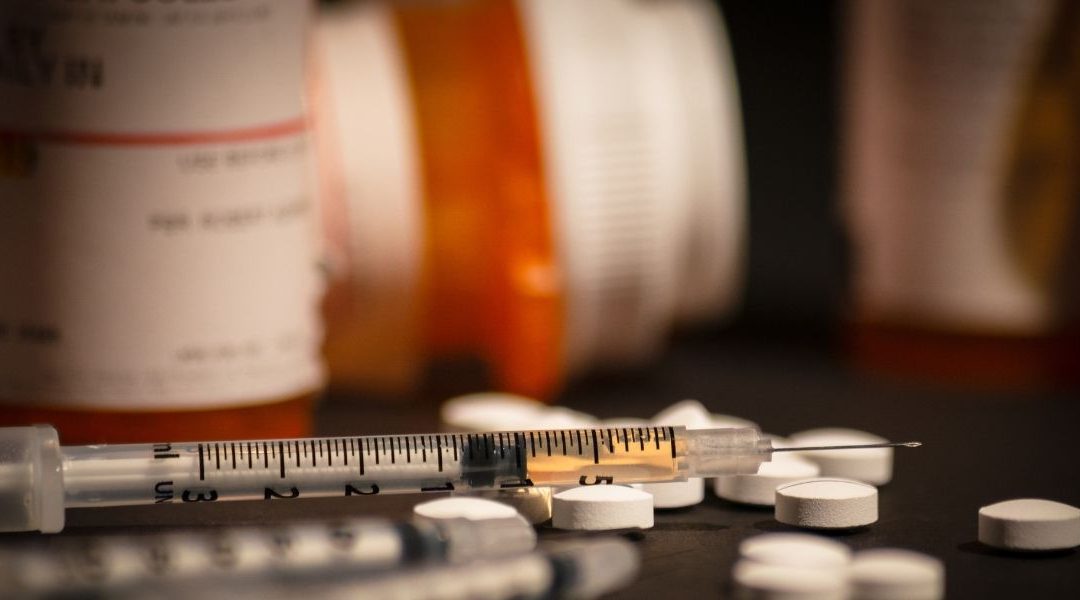Did you know that over 150 people die every day from overdoses related to synthetic opioids like fentanyl? These reports of a fentanyl overdose may be shocking, and you might be asking yourself, why is fentanyl causing so many deaths? We hope to give some clarity as to what fentanyl is, why is it so dangerous, and what signs to recognize.
What is Fentanyl and Why is it so Dangerous?
Fentanyl is a powerful synthetic opioid that is a controlled substance usually prescribed to treat severe pain, especially after surgery or for those with advanced cancer pain. It is usually prescribed in the form of transdermal patches or lozenges. Fentanyl works in the brain and binds to your opioid receptors directly before your naturally occurring endorphins. These receptors are designed to block pain signals on their way to the brain. Endorphins help mitigate the pain response in your body, providing a calming effect to numb the pain and breath slower enabling you to rest and recuperate. The difference between opioids fentanyl and other opioids is the speed at which it produces these effects.
Fentanyl is one of the most dangerous drugs in the U.S. today. Fentanyl produces feelings of sedation, euphoria, and relaxation making it incredibly dangerous when it is misused. It is similar to morphine, but 50 to 100 times more potent, making it extremely powerful. It is highly addictive resulting in users becoming dependent on the substance. Fentanyl’s effects on the body can impose life-threatening challenges. Extremely high doses can potentially shut down breathing, leading to death.
What are the Signs of Fentanyl Overdose?
Even though the amount of fentanyl that is safely taken can vary from person to person, it only takes a very small amount of fentanyl to cause a deadly overdose. A fentanyl overdose can happen quickly, so it’s important to recognize the signs.
- Small, constricted pinpoint pupils
- Slow heartbeat or no heartbeat
- Loss of consciousness
- Slowed breath
- Cold or clammy skin
- Discolored skin
- Limpness of the body
- Loss of consciousness
If you suspect someone might be suffering from an overdose, it is critical to immediately call 911. Try to keep the person awake and breathing, lay the person on their side to prevent choking, and stay with the person until emergency assistance arrives. To treat an overdose, doctors will typically administer naloxone (Narcan) to reverse the symptoms.
Are You or a Loved One Struggling with Addiction? Contact Us Today!
Fentanyl Addiction Treatment Process
As you can see, a fentanyl overdose can be life-threatening, that’s why it is important for users to seek treatment and safely withdraw from fentanyl use. Treatments involve a variety of personalized therapy, including detoxing, inpatient rehab, and outpatient treatments. Some services that are offered in a fentanyl rehab program may include:
- Individual Therapy
- Group Therapy
- Medication Management
- Mindful Interventions
- Holistic Interventions
Different treatments vary from person to person. By talking to a wellness provider, you get to choose your treatment therapies to meet your recovery goals.
Reach Out to Modern Psychiatry and Wellness
Fentanyl overdoses are increasing 2.5 times faster than other opioid overdoses. At Modern Physiatry and Wellness, we are dedicated to reversing this trend. We offer customized treatment options for individuals which aim to restore the individual’s overall health, well-being, and happiness.
Our goal is to help our patients overcome their fentanyl addiction in a supporting and caring environment, with our personalized treatment approaches to make your recovery effective. If you or someone you know is struggling with addiction to fentanyl, please don’t hesitate to reach out.





